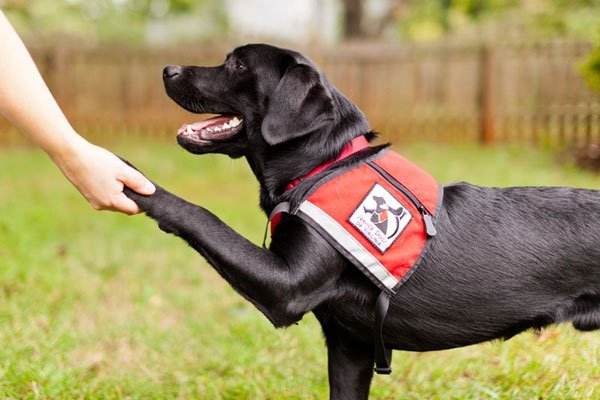Table of Contents
So, you’ve always admired service dogs for their incredible abilities and bond with their handlers, and now you’re wondering how you can train your own dog to become a service dog in Singapore. Well, you’re in luck! This article will guide you through the essential steps and requirements to transform your beloved furry friend into an invaluable service dog. From understanding the specific tasks a service dog can perform to navigating the legal and certification process in Singapore, we’ve got you covered. Get ready to embark on this rewarding journey alongside your loyal companion!
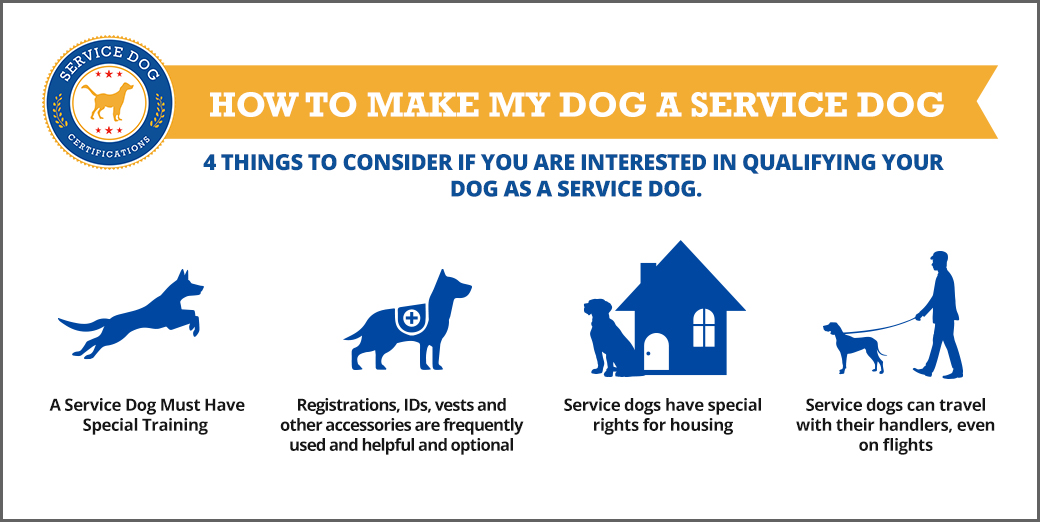
Choosing the Right Breed
When deciding to train your dog as a service dog in Singapore, it is crucial to consider the breed requirements. Not all breeds are suitable for service work, as different tasks may require different physical and temperamental qualities. Take into account the specific needs of the individual with a disability and match them with a breed that can meet those requirements.
In addition to the specific needs, you should also consider the size and temperament of the breed. Some tasks may require a larger breed, while others may be better suited to smaller dogs. Temperament is equally important as service dogs need to have a calm and dependable disposition. Research different breeds and their characteristics to find the best match for your specific situation.
Researching common service dog breeds in Singapore can be incredibly beneficial. Certain breeds are known for their intelligence and trainability, which are crucial qualities in a service dog. For example, Labrador Retrievers and Golden Retrievers are often used as service dogs due to their friendly nature and ability to learn complex tasks. On the other hand, German Shepherds are known for their loyalty and are often trained as service dogs as well. Take the time to learn about the different breeds and their strengths as service dogs to make an informed decision.
Understanding the Service Dog Training Process
Before diving into the training process, it is important to know the legal requirements for service dogs in Singapore. Familiarize yourself with the laws regarding service dogs and understand the rights and responsibilities that come with having a service dog. Being aware of the legal requirements will ensure a smooth and hassle-free journey when training your dog as a service dog.
Service dogs can fulfill different roles depending on the needs of the individual. It is essential to learn about the different types of service dogs and their specific tasks. For example, guide dogs assist individuals with visual impairments, while mobility assistance dogs aid individuals with physical disabilities. Understanding the various types of service dogs will help you determine the training focus and tasks for your own dog.
Service dog training is a lengthy process that requires patience, consistency, and dedication. Familiarize yourself with the training duration and expectations to set realistic goals. The training process involves teaching basic obedience commands, advanced skills specific to the individual’s disability, and public access training. Being aware of the different stages of training will help you prepare for the journey ahead.
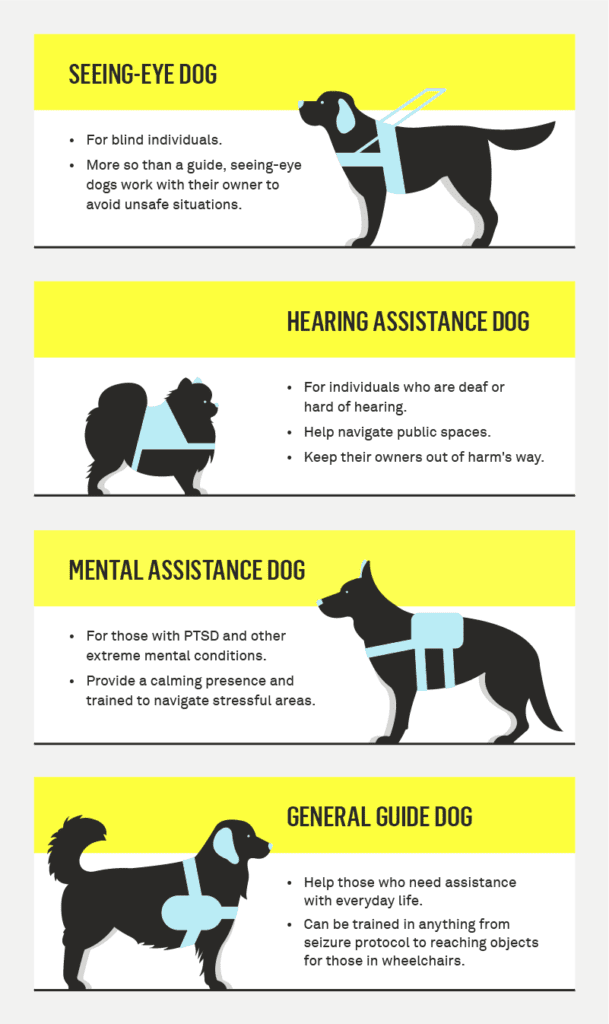
Finding a Professional Trainer
When it comes to training your dog as a service dog, it is highly recommended to seek help from a professional trainer. Do thorough research on trainers in Singapore to find one that specializes in service dog training. Look for trainers with experience and a proven track record in training service dogs.
Certifications and qualifications are important factors to consider when choosing a trainer. Look for trainers who are certified by reputable organizations such as the Certification Council for Professional Dog Trainers (CCPDT) or the International Association of Assistance Dog Partners (IAADP). These certifications ensure that the trainer has met certain standards and possesses the necessary knowledge and skills.
Reading reviews and testimonials from previous clients can provide valuable insights into a trainer’s effectiveness. Check online platforms and ask for recommendations from other service dog handlers in Singapore. Positive feedback from satisfied clients is a good indicator of a trainer’s competence and reliability.
Once you have narrowed down your options, schedule a consultation with potential trainers. This will allow you to assess their training methods, ask questions, and get a sense of their compatibility with you and your dog. Trust your instincts and choose a trainer who makes you feel comfortable and confident in their abilities.
Socializing Your Dog
Socializing your dog is a crucial aspect of service dog training as it prepares them to interact appropriately with people and navigate different environments. Expose your dog to various environments and situations, such as busy streets, shopping centers, and public transportation. Gradually increase the level of difficulty to ensure your dog becomes comfortable and confident in various settings.
Introducing your dog to different people, including children, is equally important. A service dog needs to be comfortable and friendly around all individuals they may encounter. Arrange playdates or interactions with people of different ages, genders, and backgrounds to expose your dog to a diverse range of individuals.
Teaching your dog to be calm and well-behaved in public is essential. Train them to ignore distractions and focus on their tasks. Practice loose leash walking and reinforce good manners when encountering other people or animals. The more your dog is exposed to public environments, the better equipped they will be to handle the demands of being a service dog.
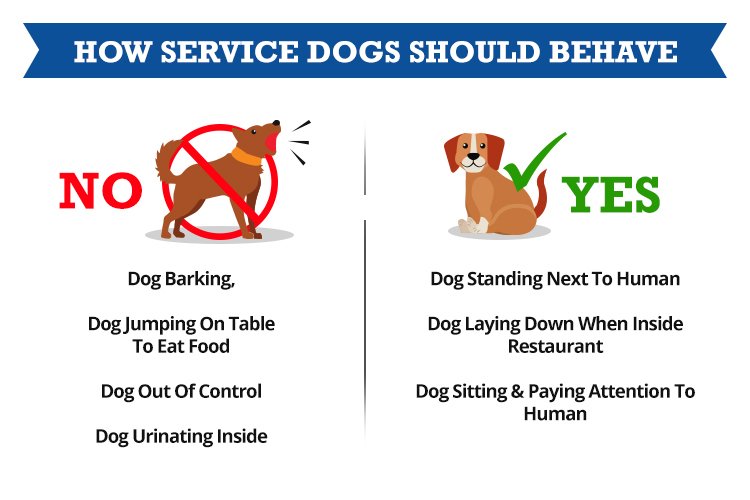
Basic Obedience Training
Basic obedience training forms the foundation for service dog training. Start by teaching essential commands such as sit, stay, and come. These commands are not only important for everyday interactions but also serve as building blocks for more advanced tasks. Use positive reinforcement techniques such as treats, praise, and clicker training to motivate and reward your dog for correct responses.
Leash walking is another crucial aspect of basic obedience training. Teach your dog to walk politely on a leash without pulling or lunging. This skill is important for public access training, as a well-behaved service dog should be able to walk beside their handler without causing disturbances.
Address any behavioral issues that may arise during the training process. If your dog exhibits problem behaviors such as excessive barking or jumping, consult with your trainer for guidance and solutions. Consistency and patience are key to modifying unwanted behaviors and reinforcing positive ones.
Advanced Skill Training
Once your dog has mastered basic obedience commands, it is time to focus on advanced skills specific to the disability they will be assisting with. Determine the specific tasks your dog needs to perform and tailor the training accordingly. Whether it’s retrieving objects, opening doors, or providing stability, train your dog to perform these tasks reliably and safely.
Utilize training methods such as clicker training or target training to teach complex skills. Clicker training involves using a clicker to mark desired behaviors, followed by a reward. Target training involves teaching your dog to touch a specific object or area to perform a task. These methods enable clear communication with your dog and facilitate the learning process.
Be patient and consistent during advanced skill training. These tasks can be challenging, and it may take time for your dog to fully grasp them. Break down the tasks into smaller steps and gradually increase the difficulty level. Celebrate every small success along the way to keep your dog motivated and engaged.
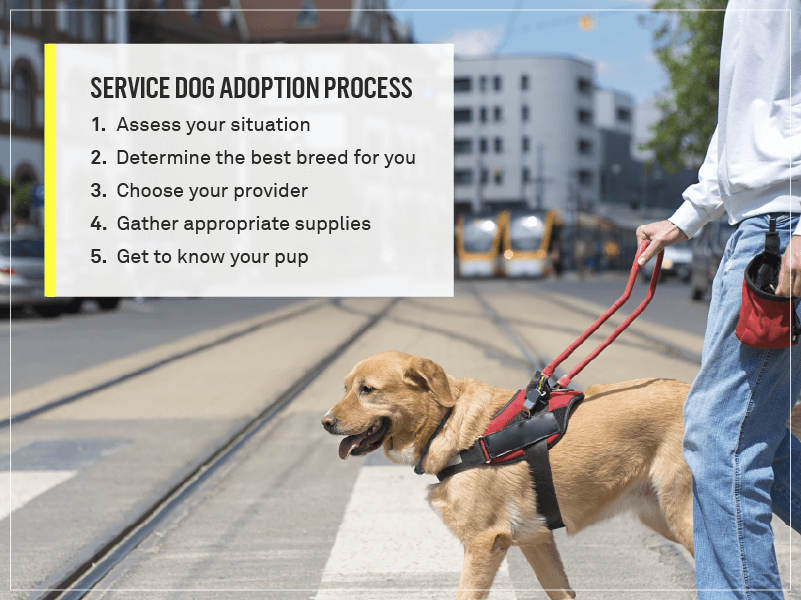
Public Access Training
Public access training is essential to ensure that your service dog behaves appropriately in various public settings. Teach your dog to remain calm and focused in the presence of distractions, such as crowds and other animals. Practice obedience commands in busy environments to reinforce their reliability.
Gradually expose your dog to different types of public settings, such as restaurants, stores, and public transportation. Start with low-stress environments and gradually increase the level of difficulty. Encourage your dog to remain focused on their tasks without being overly reactive to external stimuli.
Maintain control over your dog at all times during public access training. They should be under your command and exhibit good behavior throughout the training sessions. Be aware of and adhere to any local rules or regulations regarding service animals in public spaces.
Obtaining a Canine Good Citizen Certification
Enrolling your dog in a Canine Good Citizen (CGC) program is highly recommended as it provides a standardized test of your dog’s manners and obedience. The CGC program evaluates your dog’s behavior in different scenarios, ensuring they possess the necessary skills to be a well-behaved and reliable service dog.
Prepare for the CGC test by practicing obedience commands and good behavior in various settings. Emphasize skills such as staying calm during greetings, walking politely on a leash, and responding reliably to commands. Train your dog to exhibit good manners and demonstrate their ability to handle common situations with ease.
Schedule a test with an authorized evaluator once you feel confident in your dog’s abilities. The evaluator will assess your dog’s performance and determine if they meet the CGC requirements. Successfully obtaining a CGC certification is a testament to your dog’s training and behavior, further validating their potential as a service dog.

Applying for a Service Dog ID
Applying for a service dog ID involves gathering all necessary documentation and paperwork. This may include medical certificates or letters from healthcare professionals confirming the need for a service dog. Check with the relevant authorities in Singapore to obtain a list of required documents and follow the guidelines accordingly.
Complete the application form for a service dog ID, providing accurate and detailed information about yourself and your dog. Be prepared to answer questions regarding your dog’s training, abilities, and the tasks they can perform. Double-check all information before submitting the application to ensure its accuracy and completeness.
Submit the application to the relevant authorities and follow their instructions for further processing. Be patient throughout this process, as it may take some time to receive a response. Keep copies of all submitted documents for your records and documentation purposes.
Follow up on the application status if necessary. Reach out to the authorities to inquire about the progress or any additional requirements. Stay proactive and ensure that all necessary steps are taken to complete the application process successfully.
Continuing Education and Maintenance
Once your dog has obtained their service dog ID, it is important to maintain regular training sessions and practice. This helps reinforce their skills and ensures they remain proficient in their tasks. Dedicate time each day to engage in training exercises and activities that challenge your dog’s abilities.
Address any new challenges or tasks that may arise as you continue your journey with your service dog. Seek guidance from your trainer or consult with other service dog handlers if you encounter any difficulties. Remember that training is an ongoing process, and each dog may have unique needs and requirements.
Stay updated on service dog laws and regulations in Singapore. Laws may change, and it is essential to stay informed about any updates that may affect you and your service dog. Familiarize yourself with the rights and responsibilities of having a service dog to ensure you are complying with the law at all times.
In conclusion, training your dog to become a service dog in Singapore requires careful consideration, dedication, and ongoing commitment. By choosing the right breed, understanding the training process, finding a professional trainer, socializing your dog, and mastering basic obedience and advanced skills, you can lay a solid foundation for your dog’s service work. With the required certifications, IDs, and ongoing education, you and your service dog can confidently navigate public spaces and provide valuable assistance to individuals with disabilities in Singapore.

